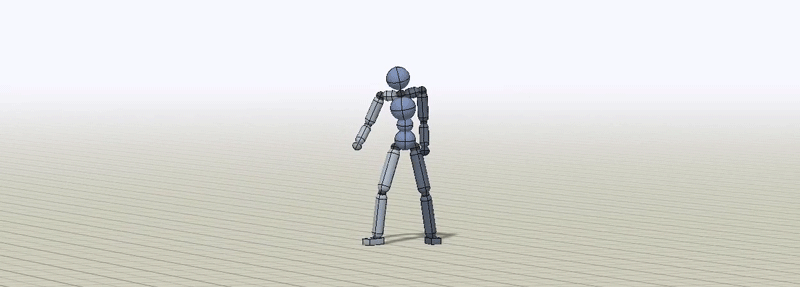Last week, Antonio S. Chinchón made an interesting post showing how to create a traveling salesman portrait in R. Essentially, the idea is to sample a bunch of dark pixels in an image, solve the well-known traveling salesman problem for those pixels, then draw the optimized route between the pixels to create a unique portrait from the image. Antonio is a fan of Frankenstein, so he created a traveling salesman portrait from an old Frankenstein image.
Goals and Principles of Representation Learning
This is a post about my takeaways from the DALI workshop on the Goals and Principles of Representation Learning which we co-organized with DeepMinders Shakir Mohamed and Andriy Mnih and Twitter colleague Lucas Theis. We had an amazing set of presentations, videos are available here.
Graph embeddings in Hyperbolic Space
I gave a talk last night at the Berlin machine learning meetup on learning graph embeddings in hyperbolic space, featuring the recent NIPS 2017 paper of Nickel & Kiela. Covered are:
Gradient optimisation on the Poincaré disc
Nickel & Kiela had a great paper on embedding graphs in hyperbolic space at NIPS 2017. They work with the Poincaré ball model of hyperbolic space. This is just the interior of the unit ball, equipped with an appropriate Riemannian metric. This metric is conformal, meaning that the inner product on the tangent spaces on the Poincare ball differ from that of the (Euclidean) ambient space by only a scalar factor. This means that the hyperbolic gradient  at a point
at a point  can be obtained from the Euclidean gradient
can be obtained from the Euclidean gradient  at that same point just by rescaling. That is, you pretend for a moment that your objective function is defined in Euclidean space, calculate the gradient as usual, and just rescale. This scaling factor depends on the Euclidean distance
at that same point just by rescaling. That is, you pretend for a moment that your objective function is defined in Euclidean space, calculate the gradient as usual, and just rescale. This scaling factor depends on the Euclidean distance  of
of  from the origin, as depicted below:
from the origin, as depicted below:
Towards a Virtual Stuntman
Circle circumference in the hyperbolic plane is exponential in the radius: proof by computer game
I recently needed to demonstrate this fact to an audience that I could not assume would be familiar with Riemannian geometry, and it took some time to find a way to do it! You can use the HyperRogue game, which takes place on a tiling of the Poincaré disc. The avatar moves across the Poincaré disc (slaying monsters and collecting treasure) by stepping from tile to tile. It is a pretty impressive piece of software, and you can play it on various devices for small change. Below are four scenes from the game. This image was taken from the interesting paper on HyperRogue by Kopczyński et al., cited at bottom.
Multithreaded in the Wild
Hello Stitch Fix followers, check out where our fellow Stitch Fixers are speaking this month.
Webcam based image processing in Jupyter notebooks
So you made an image filter and want to quickly test it? You have a Deep Learning model that detects human faces? Who best to test it on than your face through your webcam?
Synthetic Gradients with Tensorflow
I stumbled upon Max Jaderberg’s Synthetic Gradients paper while thinking about different forms of communication between neural modules. It’s a simple idea: rather than compute gradients through backpropagation, we can train a model to predict what those gradients will be, and use our prediction to update our weights. It’s dynamic programming for neural networks.
R Spatial Resources
I recently met up with someone who does geospatial stuff but uses the more traditional GIS software to do it. I showed him a few things in R but not being a person who does a lot of geospatial analysis I thought I’d ask the lovely #rspatial crowd what they’d recommend. Here are the compiled recommendations. Happy learning spatial R!
